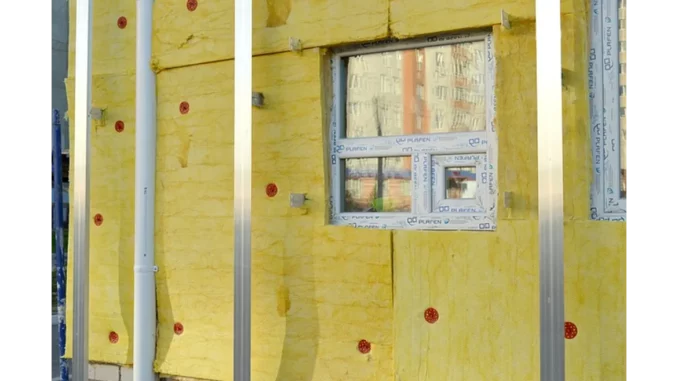
In the dynamic realm of high-performance insulation materials, the market is undergoing a significant transformation, spurred by technological advancements and heightened energy efficiency demands. To delve deeper into these developments, I recently spoke with Laura Mitchell, a seasoned industry analyst with over a decade of experience monitoring the High-Performance Insulation Materials Market.
Air quality is vital in planning. See how Focus360 Energy can assist.
“The release of HTF MI’s new business research study titled ‘High-Performance Insulation Materials Market Study Forecast till 2030’ marks a pivotal moment,” Laura began, her enthusiasm unmistakable. “This report not only provides a comprehensive market outlook but also illuminates the macroeconomic factors shaping this sector.”
Laura explained that the High-Performance Insulation Materials Market has witnessed substantial growth over the years. “Pre-COVID, in 2019, the market was valued at approximately USD 7.5 billion. Despite the pandemic’s disruptions, the market recovered robustly, reaching USD 8.9 billion in 2023. By 2030, it is projected to grow to USD 12.4 billion, with a compound annual growth rate (CAGR) of 5.3%,” she shared. This growth, Laura noted, is driven by the increasing demand for energy-efficient solutions and stringent regulatory frameworks necessitating the use of superior insulation materials. “The need for energy conservation has never been more critical, and high-performance insulation materials play a crucial role in achieving this,” she emphasised.
One of the primary drivers of this market, according to Laura, is technological innovation. “Advancements in materials science have led to the development of superior insulation products such as aerogels and glass wool. These materials are not only more efficient but also more durable, making them ideal for extreme environments like construction, automotive, and oil & gas sectors,” she explained. Laura also highlighted the growing trend towards green buildings. “Sustainability is a major focus area. High-performance insulation materials significantly reduce energy consumption and carbon emissions, aligning perfectly with the global push towards greener construction practices.”
However, the market is not without its challenges. “One of the primary hurdles is the high cost associated with these advanced materials,” Laura pointed out. “While they offer long-term savings through energy efficiency, the initial investment can be a deterrent for many.” Despite this, Laura remains optimistic. “As technology continues to advance and production scales up, we can expect costs to come down. Additionally, government incentives for energy-efficient buildings can help offset some of the initial expenses.” She also mentioned the opportunities for new entrants in the market. “The comprehensive study by HTF MI provides valuable insights for companies looking to break into this sector. Understanding the cost of production, market dynamics, and potential revenue streams is crucial for any new player.”
The report also delves into regional analysis, highlighting the dominance of North America and the rapid growth in the Asia-Pacific region. “North America has been a leader in this market, thanks to early adoption of advanced insulation technologies and stringent regulatory requirements,” Laura noted. “However, the Asia-Pacific region is catching up fast. Countries like China, Japan, and South Korea are investing heavily in infrastructure and energy-efficient solutions. This region is expected to be the fastest-growing market for high-performance insulation materials,” she added.
Laura further elaborated on the various applications of high-performance insulation materials. “These materials are incredibly versatile. In the oil & gas sector, they are used to insulate pipelines and equipment, ensuring operational efficiency and safety. In construction, they are integral to building energy-efficient homes and commercial spaces. The automotive industry also benefits from these materials, using them to improve vehicle performance and reduce energy consumption,” she explained.
As our conversation drew to a close, Laura shared her thoughts on the future of the high-performance insulation materials market. “The next few years are going to be fascinating. With continuous innovation and increasing awareness about energy efficiency, the market is poised for significant growth,” she said confidently. “HTF MI’s report is a valuable resource for anyone involved in this industry. It provides a detailed assessment of market trends, drivers, and challenges, offering a roadmap for navigating the future of high-performance insulation materials,” Laura concluded.
In a world where energy efficiency and sustainability are increasingly paramount, the high-performance insulation materials market is at the forefront of this transformation. With insights from experts like Laura Mitchell and comprehensive studies such as the one published by HTF MI, stakeholders have the tools they need to drive progress and innovation in this critical sector.


Be the first to comment